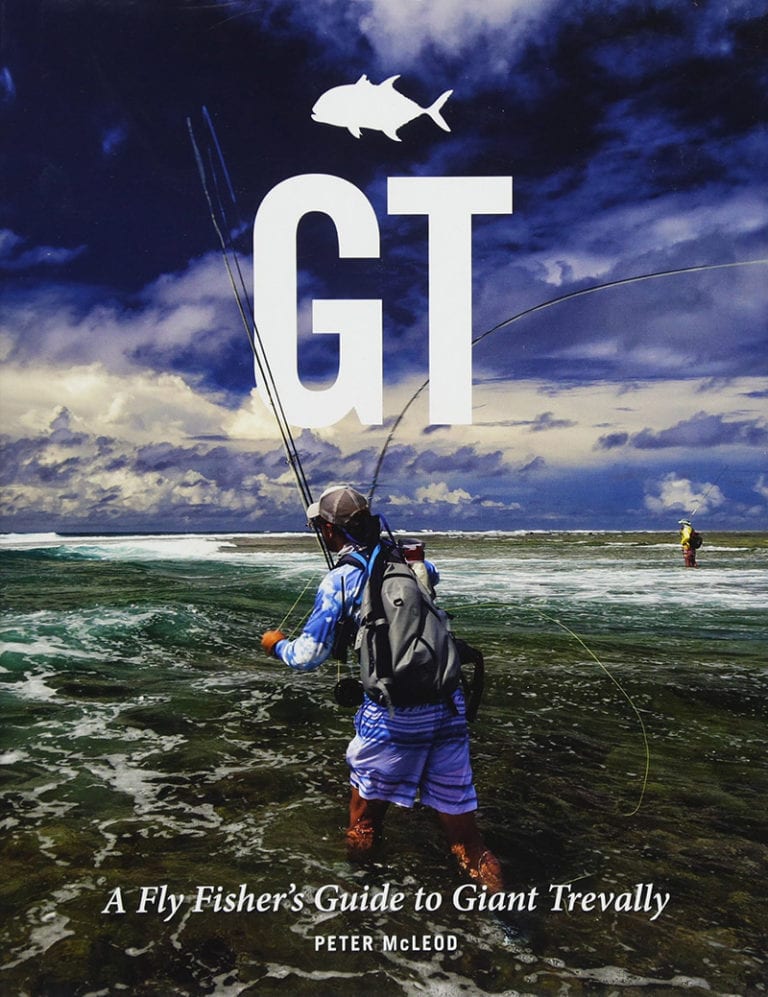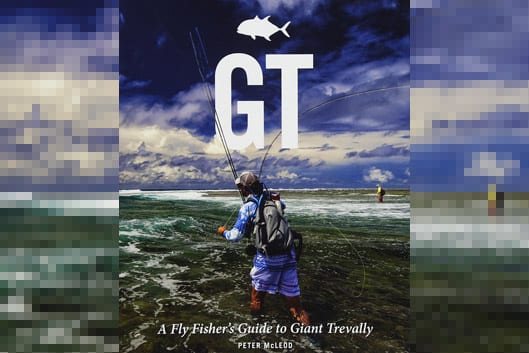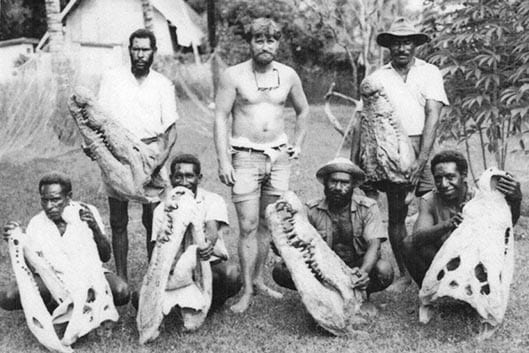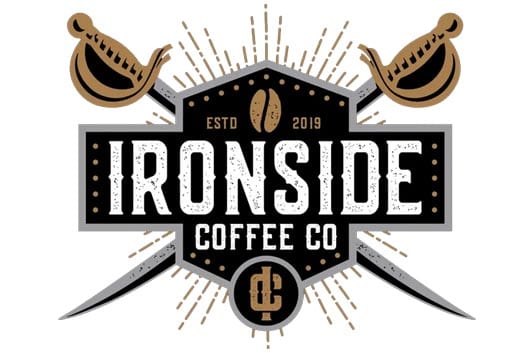GT - A Fly Fisher’s Guide to Giant Trevally
So where do we find GTs? These predators are one of the most opportunistic feeders swimming in the ocean. To catch a GT on a fly you are first going to have to enter their environment and then hunt them in it. There is nothing random about how GTs move. Their movements are dictated by their unique understanding of their environment and the availability of food. And, in a similar way to humans, individual fish have their own characteristics and preferences.
Although their overriding motivation for being in a particular locale is dictated by water temperature, tide levels, available food sources and seasons, an understanding of the areas they frequent is vital. There is no quick and easy fix; it is just a question of understanding what motivates them, covering the ground and putting in the hours on the flats and the other areas they hang out. The more ground you cover and the more of their environment you can visit, the more chance you have of getting a shot. When that shot comes, you need to be ready as the opportunity comes and goes like a match lit in a wind. It can be not only physically but also mentally challenging to maintain that level of concentration for an extended period of time, often while just trying to stay upright on coral or surf.
As these bruisers are so adaptable, their hunting grounds range from offshore rock pinnacles to coral reef edges, channels, flats and estuarine systems. Juveniles tend to be more prevalent in estuaries and river systems where, like baby tarpon, they feel safe from larger predators and in turn can hunt other bait living there for the same reasons. Once they attain a certain size, perhaps 20-40cm, they will begin to group together and move out to deeper water to find structure such as a coral reef, bombies, drop-offs or channels. These locales contain strong currents where schools of bait are buffeted, making them easy targets for the fast and powerful trevally. As a rule of thumb when on the flats, the larger the group of GTs, the smaller the fish are ― with the really big fish tending to remain as singles. The exception to this is a high concentration of food which will draw large concentrations of trevally to an area including the bigger fish which will shoal up again.
As soon as the tide allows, even very large GTs will venture onto flats, headlands and shallow water to hunt, utilising the network of channels or areas of deeper water.



